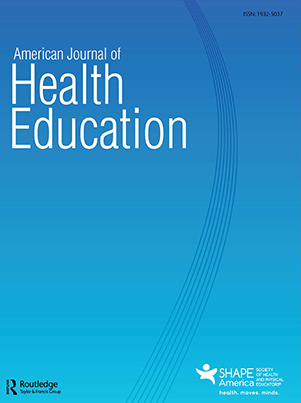 AJHE Table of Contents
AJHE Table of Contents
United States Schools and the Opioid Crisis: Charting New Directions
Steven B. Harrod, Sayward E. Harrison, Samuel D. McQuillin & Mark D. Weist

The over prescription of the pain medication OxyContin, from ~1996–2014, created the largest base of opioiddependent individuals in United States (US) history. Though initially slow to act, policymakers ultimately took action to reduce the supply of prescription opioids in the US. However, as regulation increased, market forces drove the production and distribution of illicit opioids, beginning with heroin and transitioning now to fentanyl (i.e., a much cheaper, more potent, and more easily produced synthetic opioid), culminating in what is now known as the US opioid epidemic.
The burden of this epidemic is widespread, decimating communities’ resources, producing unprecedented childhood trauma, and increasing intergenerational dependence on opioids. While most individuals with opioid use disorder (OUD) are adults, the pathway to substance use disorder (SUD) often starts in childhood. For example, youth who have experienced more than four adverse childhood experiences (ACEs) are over 1,000 times more likely to use injection drugs later in life. If the nation is to abate the growing opioid epidemic, prevention and early intervention services for children and families will be critical.
To read the rest of this article, click here to download a pdf.